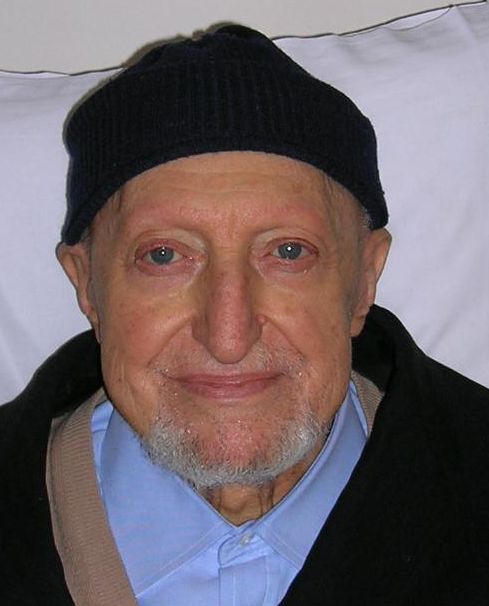Daniel Comboni
Comboni Missionaries
Institutional area
Other links
Newsletter
In Pace Christi
Peranzoni Luigi
Fr. Luigi Peranzoni was born in Verona in the “Paradiso” district, the last of four brothers. His father was a government employee and his mother a housewife. While still a boy he attended a Centre of St. Camillus’s Spirituality, which had its headquarters nearby. He was a very lively lad who loved sport, was spiritually committed and able to attract other young people to behave well. At his funeral some “Paradisini” made moving tributes.
After primary school, Luigi enrolled in the Technical Institute and, in the examinations held after he acquired his diploma, he came second in the whole of Italy. This guaranteed him a good job with Alfa Romeo as a mechanical designer. When he was old enough he was called up and was sent to Alto Adige with the rank of officer. He once again showed the spirituality absorbed from the Camillians. Since the parsh priest of the town refused to hear the confessions of Italian soldiers, Luigi would go to other towns in search of someone to nourish his soul with the sacrament of reconciliation. This was a good exam-ple for his comrades in arms. Italian soldiers were viewed with disdain by the people of the place since they were seen as excommunicated and godless.
What a surprise it must have been for the parish priest when, on the feast of Corpus Christi, as the procession emerged from the church, he found the Italian soldiers’ platoon arrayed in two lines, standing to attention and saluting the Blessed Sacrament as it passed. From that day on relations between the soldiers and the local Catholics improved.
When the war was over, Luigi returned home and expressed his desire to become a missionary priest to his spiritual director (a Camillian). Understandably, the priest suggested he become a Camillian, but at that time the Camillians of Verona had no missions, while Luigi insisted on a missionary life. “Well then, go to the Comboni Mission-aries” answered the priest.
Luigi entered the novitiate at Venegono in 1939 and on 29 June 1945 was ordained priest. Meantime, because of the war, he had to remain in Italy until it became possible to travel to the missions. In 1946 he was one of the first to embark for South Sudan. He was sent as a teacher to the technical school of Torit. Highly talented and deeply motivated by a sense of responsibility and discipline (something which would stay with him all his life) he instilled a decisive drive to the school.
Bro. Ottorino Gelmini wrote: “I too had the good fortune to live for a time with Fr. Luigi. He was teaching mathematics in the technical school where I also worked. I always admired the importance he gave to his teaching, as well as his reliability. Each day he would scrupulously prepare his lessons. As well as being an example for all to follow, he also greatly encouraged me with his appreciation of the work I was doing. One day, for example, he told me he found the boys I was teaching very well prepared.
Such appreciation was like an injection of enthusiasm for me. With the care and attention he gave to the boys, Fr. Luigi greatly assisted Fr. Fernando Sembiante, the headmaster of the school, in maintain-ing discipline and regularity of timetable.
In 1955, when the government passed from the British to the Arabs, a conflict broke out between thesoldiers of the South and the Arabs of the North, which caused the sudden closure of the schools. Fr. Luigi and the school staff had to move to the mission of Isoke. I can say that the stay of Fr. Luigi at Isoke brought serenity, in spite of the frequent visits of thieves. He was good company for our little community and a great support. I also admired his humanity. When on holidays he would always visit my family.”
After his experience in Sudan, Fr. Luigi spent ten years in Uganda, always teaching, and six years with the Apostles of Jesus in Kenya. He returned to Italy in 1986 and stayed first at Venegono, then at Limone and finally at Verona. There he spent the last years of his life at the Centre for the Sick and Elderly, spreading serenity by his opti-mism. A broken hipbone made him go into hospital. He was oper-ated, but the illness which he was already suffering from, together with his advanced years, did not allow him to recover from the shock. Fr. Luigi breathed his last at 2 o’clock in the morning of 12 November 2005 in the hospital of San Bonifacio.
His remains now rest in the Comboni Missionaries‘ burial place in the cemetery of Verona.
(P. Lorenzo Gaiga)
Da Mccj Bulletin n. 230 suppl. In Memoriam, aprile 2006, pp. 53-61.

